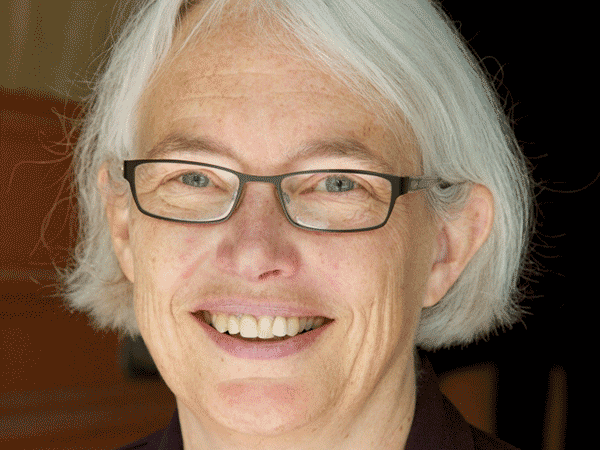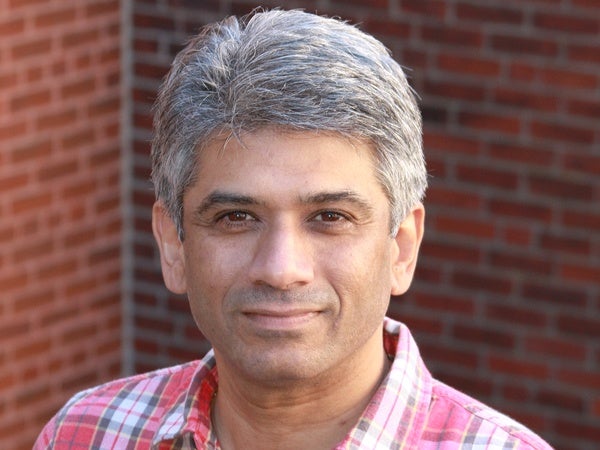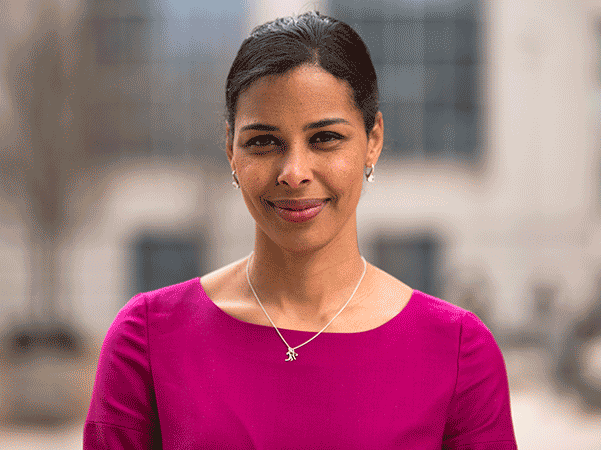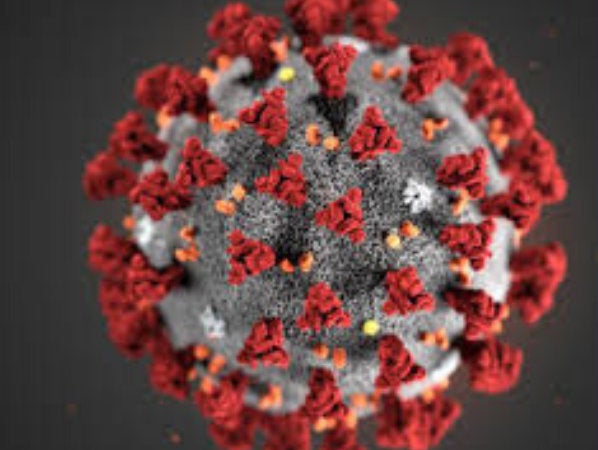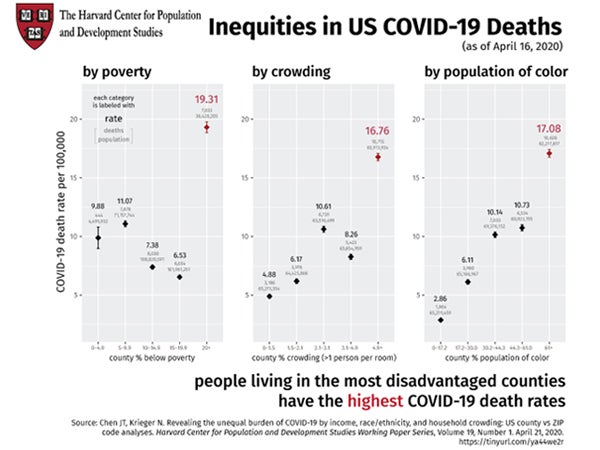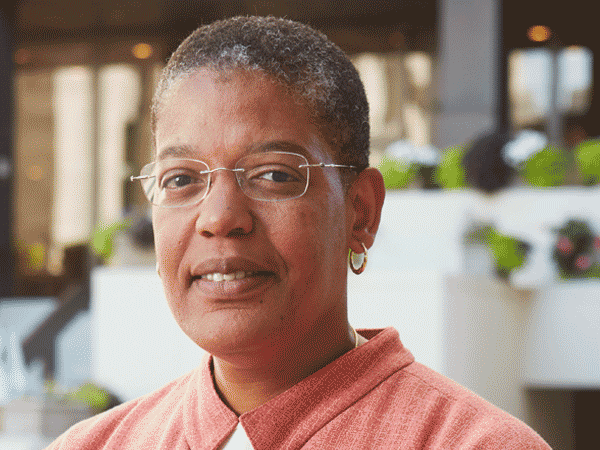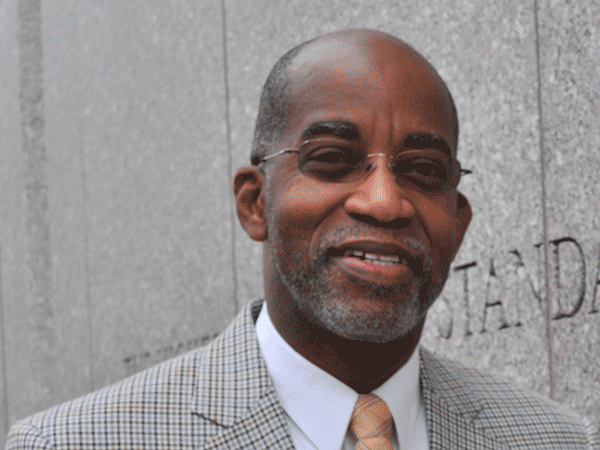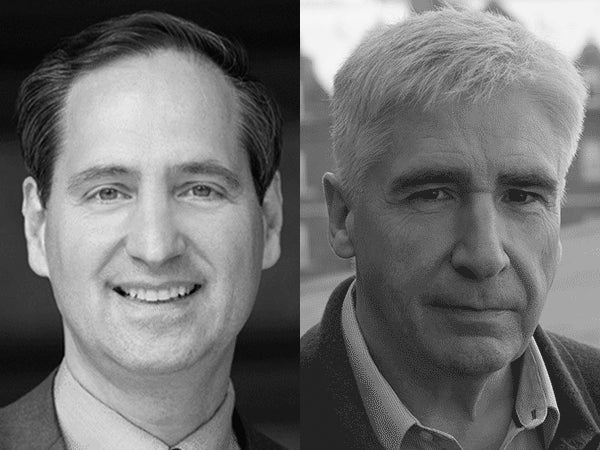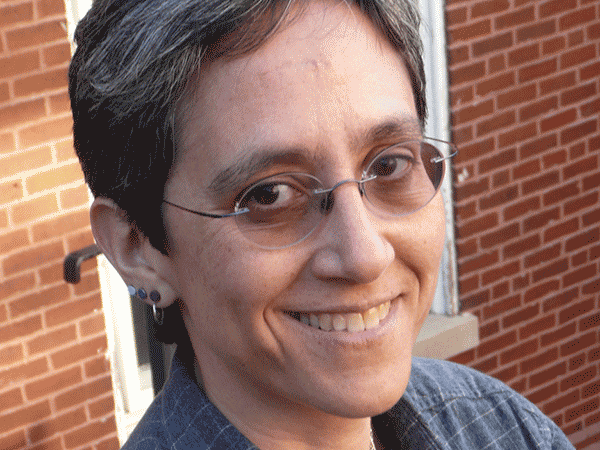Tune in to hear Mary Water‘s perspective on how some of the positive qualities in human nature can rise to the surface (and surprise us!) when we’re faced with a disaster.
How could we get a more accurate picture of prevalence of COVID-19 without universal testing?
Professor S (Subu) V Subramanian, PhD, has co-authored a letter published in Lancet Global Health in which he and co-author K.S. James suggest that a random-sample-based population surveillance framework like the Demographic Health Survey (DHS), or in India’s case, the National Family Health Survey (NFHS), could be cost-effectively leveraged to help establish the prevalence of the novel virus in the populations of developing countries. Learn more… Harvard Chan School news…
More federal funds are needed to help low-income children get adequate nutrition during school closures
Public health policy professor Sara Bleich makes the case in this interview for why additional federal funding for schools needs to be part of future relief legislation, as well as increased SNAP benefits.
Follow-up: Results of first round of COVID-19 survey released
Professors David Bloom and David Canning, along with Rashmi Dayalu (all associated with the Program on Global Demography of Aging (PGDA) at Harvard, and Boston University Assistant Professor Mahesh Karra, have released the results of the first round of their survey focused on social distancing behavior and COVID-19 symptoms. Are older people practicing social distancing more than younger people? Do some symptoms influence behavior more than others? See the results…
Continue reading “Follow-up: Results of first round of COVID-19 survey released”
Working paper shows people living in most disadvantaged U.S. counties have highest COVID-19 death rates
A Harvard Pop Center working paper by Jarvis Chen and Nancy Krieger provides critical public health monitoring data—missing until now—on the unequal economic and social burden of COVID-19 in the United States. The Harvard Center for Population and Development Studies (HCPDS) Working Paper Series provides a flexible and timely outlet for affiliates to publish their work in progress to the scholarly community in an open-access form.
A call to decode human immune system to help protect our global aging population
Harvard Chan School Dean Michelle A. Williams, ScD, has co-authored a Perspective in The New England Journal of Medicine that calls for more longitudinal studies in aging populations to better understand the “mechanics of immunity” in this vulnerable, growing sector of our global community. Learn more in this news item by Harvard T.H. Chan School of Public Health.
Social scientist David Williams says COVID-19 is a call to action for a ‘Marshall Plan’ for disadvantaged communities
The Chicago Sun Times reports on a Robert Wood Johnson Foundation teleconference with Professor David Williams, PhD, during which he explained how the coronavirus is bringing to light the health disparities that “reflect longstanding policies that have created pervasive social and economic inequalities in the United States.”
The New Yorker magazine features social epidemiologist’s perspective on health inequalities exposed by COVID-19 pandemic
Nancy Krieger shares her perspective as a social epidemiologist in this Q&A in The New Yorker on everything from the difference between inequities in health status vs. inequalities in health care (and what happens when they collide) to the eco-social theory of disease distribution, to the history of social epidemiology, dating back to 1848.
Professors Bloom and Canning pen op-ed proposing a scientific, cost-effective way to get needed data on COVID-19 infection rate
In today’s Boston Globe, David Bloom and David Canning, both Harvard Pop Center faculty members, call for conducting COVID-19 tests on a representative sample of the population, leveraging already collected data from the US Census Bureau’s American Community Survey, along with additional information currently being culled by the COVID-19 Symptoms & Social Distancing Web Survey being conducted by their team at the Harvard T.H. Chan School of Public Health. Learn…
Factoring in structural inequalities in fight against COVID-19
Harvard Pop Center faculty member Nancy Krieger is an author of a pre-print article that examines the U.S. county by county to identify those most vulnerable to the risks of COVID-19 and in greatest need of interventions aimed at minimizing the epidemic’s toll on people’s health and its burden on the healthcare infrastructure.
